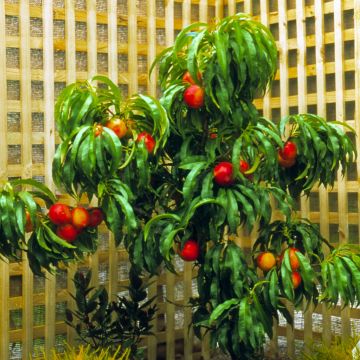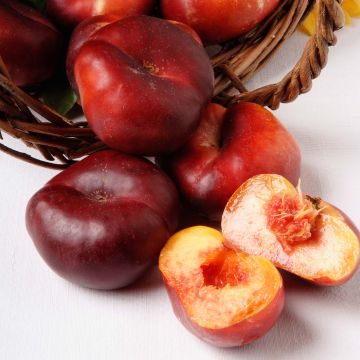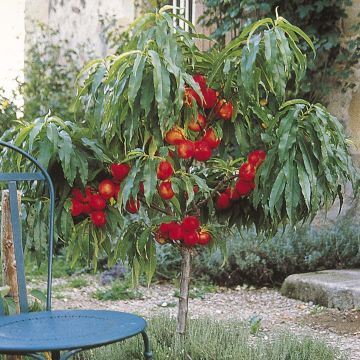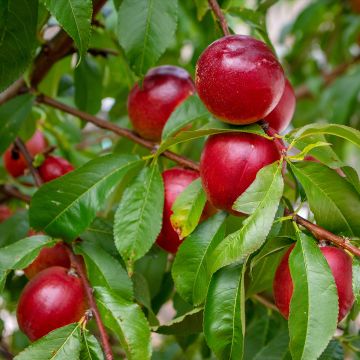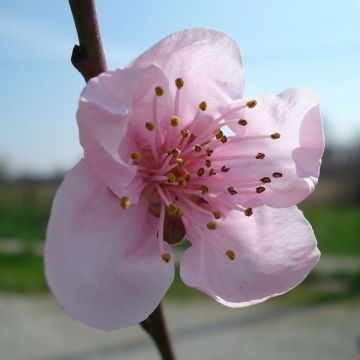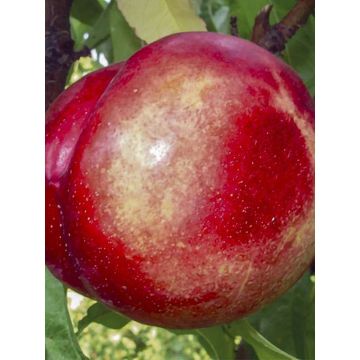Nectarine trees
Does this plant fit my garden? Set up your Plantfit profile →
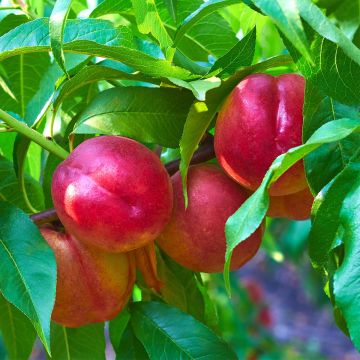
Available in 1 sizes
Available in 2 sizes
Available in 2 sizes
Available in 2 sizes
Available in 3 sizes
Available in 3 sizes
Available in 1 sizes
Available in 5 sizes
Available in 3 sizes
Available in 5 sizes
Available in 3 sizes
Available in 3 sizes
Available in 5 sizes
Available in 1 sizes
Available in 1 sizes
Available in 1 sizes
Available in 1 sizes
Available in 5 sizes
Available in 1 sizes
Available in 1 sizes
Available in 1 sizes
Available in 4 sizes
Available in 3 sizes
Available in 2 sizes
Available in 1 sizes
Available in 1 sizes
Available in 1 sizes
The nectarine tree (Prunus persica nucipersica), closely related to the peach tree, is prized for its juicy fruits and decorative spring flowering. It is known for varieties such as the 'Fantasia' Nectarine Tree, which produces large orange-red fruits with firm flesh, and the 'Nectared' Nectarine Tree, sought after for its disease resistance and high productivity. This fruit tree, native to China, belongs to the botanical family Rosaceae, the same family as plum trees, cherry trees, and almond trees. It is a mutation of the peach tree, with smooth, non-fuzzy skin. Another notable characteristic of the nectarine tree is its often self-fertile nature, meaning it does not require another tree for pollination. Therefore, it can be grown in a small garden. Some iconic nectarine varieties include 'Nectarose', with its beautiful pink and white fruits, and 'Merisun', known for its early ripening and exquisite flavour. For gardeners with limited space or those who want to grow fruit trees in pots, the dwarf cultivar 'Nectarella' is an interesting option. This small tree reaches a maximum height of 1m at maturity, but it offers a generous harvest of tasty fruits and is perfect for terraces, balconies, or small gardens.
Growing a nectarine tree requires a sunny location and a rich, well-drained soil. These fruit trees prefer temperate to warm climates and require regular pruning for optimal harvest.
Haven't found what you were looking for?





































